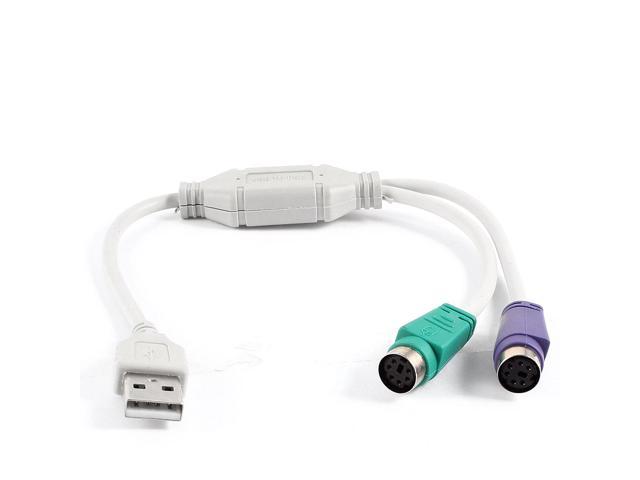Nondestructive structural health monitoring (SHM) is an evolving technology being developed for monitoring air and space systems. The information gathered on a system’s structural integrity through SHM detection methods may result in reduced costly maintenance inspections, enhanced safety, and system failure predic- tions. This study evaluates Lamb wave approaches used to detect simulated cracks in laboratory experiments on thin plates to detect realistic damage in a test arti- cle representing the complex geometry of an existing aircraft bulkhead. We take a “hot-spot” monitoring approach, where we monitor an area of the structure known to fail. In our experiments, we evaluated the use of piezoelectric generated tuned Lamb waves for crack detection. The use of Lamb waves, guided elastic waves in a plate, has shown promise in detecting highly localized damage due to the relatively short wavelengths of the propagating waves. We evaluated both pitch-catch and pulse-echo approaches for Lamb wave excitation and measurement. Crack detection is accomplished by comparing the responses from the damaged test article to the responses of the healthy test article.















